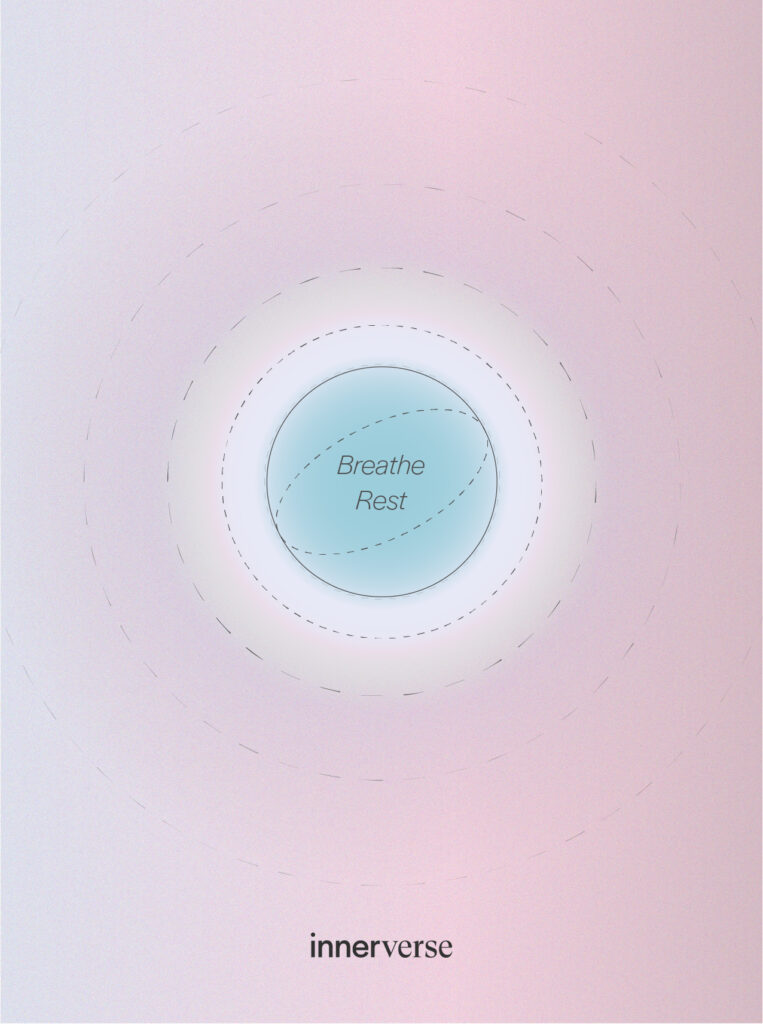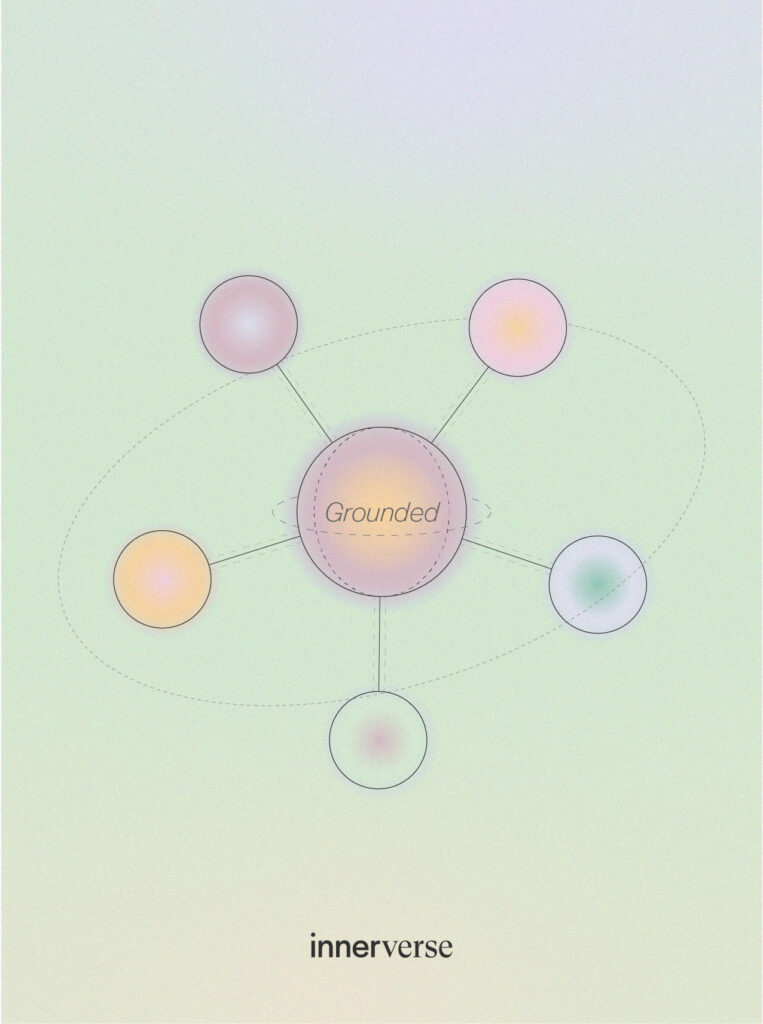Traumatic experiences don’t have to be “extreme” to have an impact. Our experiences, regardless of what they are, have a profound influence on our lives. When it comes to trauma, it’s not so much about what happened, but how your brain responded in that moment. How did you make sense of it? What did it make you believe about yourself and the world? Acknowledging that trauma comes in all forms is the first step to giving ourselves permission to move forward.

Trauma affects your brain,
not just your mind.
Single incident
trauma
Single incident trauma is a specific event that’s distressing and overwhelming – like a car accident or the loss of a loved one. It’s like a sudden lightning strike that leaves long-lasting effects on your mental and emotional well-being.
Complex
trauma
Trauma may shape your experience, but it doesn't have to shape your future.
Enter the gold-standard treatment for trauma: EMDR (Eye Movement Desensitisation and Reprocessing). A mouthful, I know, but it’s a name you should know. It circumvents the malfunction in your brain so you can process your experiences and find relief from symptoms.
EMDR is efficient, flexible, and backed by solid scientific evidence. Evidence I’ve seen and experienced first-hand. It’s a versatile therapy that can be tailored to address a wide range of mental health symptoms. And here’s the best part: You don’t need to share details about your experience if you don’t want to. EMDR works without them.
Let’s take a tour of your brain during trauma.
When you experience something, your brain’s natural processing mechanisms kick in. These 3 parts of your brain all work together to help you store it as a memory.

Let's start from the top - your prefrontal cortex. It's the rational centre that helps you think, process, and problem-solve. It’s responsible for all your lightbulb moments.

This is your hippocampus - think of it as a bridge that connects the emotional and rational parts of your brain.

And this little jellybean is your amygdala. It lives in the emotional centre of your brain and works like your brain's alarm system. When it senses a threat, it sets off your body’s "fight or flight" response to help you survive.

When these three parts of your brain work together, they help you process your experiences by sending them over the bridge to your rational centre to store as memories.

During trauma, this bridge shuts down. It's like a roadblock, preventing proper communication between the emotional and rational parts.

Unable to move through your brain freely, your experience gets stuck in your internal alarm system. And you get stuck on high alert.

Any smell sight, sound or other trigger can set off your body's fight or flight response. Even when you don’t need it. A bit like an overactive guard dog barks at everything – even the harmless stuff.

When you experience something, your brain’s natural processing mechanisms kick in. These 3 parts of your brain all work together to help you store it as a memory.
Let's start from the top - your prefrontal cortex. It's the rational centre that helps you think, process, and problem-solve. It’s responsible for all your lightbulb moments.
This is your hippocampus - think of it as a bridge that connects the emotional and rational parts of your brain.
And this little jellybean is your amygdala. It lives in the emotional centre of your brain and works like your brain's alarm system. When it senses a threat, it sets off your body’s "fight or flight" response to help you survive.
When these three parts of your brain work together, they help you process your experiences by sending them over the bridge to your rational centre to store as memories.
During trauma, this bridge shuts down. It's like a roadblock, preventing proper communication between the emotional and rational parts.
Unable to move through your brain freely, your experience gets stuck in your internal alarm system. And you get stuck on high alert.
Any smell sight, sound or other trigger can set off your body's fight or flight response. Even when you don’t need it. A bit like an overactive guard dog barks at everything – even the harmless stuff.
EMDR therapy uses bilateral stimulation (like eye movements or tapping) to keep the bridge online while you're thinking about the experience. That way, information can travel across, and your brain can store the experience in your memory, along with everything you learned from it.
When you remember trauma, your mind thinks you’re reliving it. That memory can suck you in, making you lose touch with where you are in the room. EMDR helps your brain process information properly by using bilateral stimulation (like eye-movements or tapping) to keep all necessary parts of your brain online. This stops your mind from focusing entirely on the memory, allowing it to pass through normally. In a nutshell, EMDR reconnects the emotional centre to the rational part of your brain so you can finally make sense of your experience in a more positive and helpful way.
Trauma can be complex, and healing takes time. But with the right support and evidence-based therapies in your toolkit, you can navigate your past, gain a deeper understanding of yourself, and find your way to healing and growth.
Stories of people like you.

What is Mindfulness? And how can it facilitate integration in the brain?
Using mindful practices to help facilitate integration in the brain and improve your well being.

Grounding Technique: Try this when you feel anxious
A practical grounding technique to help you feel anchored in the present moment when experiencing uncomfortable feelings and memories.
When you’re ready,
I’m here to help.
Innerverse is your space.
Yours to be messy, lonely, joyful or inspired. Whatever you need, I’m here to support you with actionable strategies, compassion and resources so you can make tangible changes to your life.

